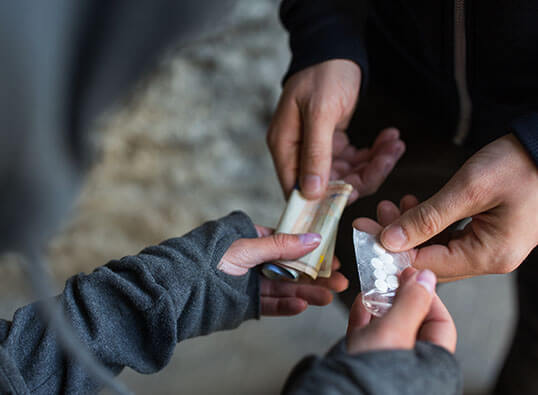GHB is a substance used to treat narcolepsy, but abuse led to regulations in most countries which made it illegal. GHB is mostly used in the form of water soluble salt (crystalline powder) by swallowing the solution. GBL and 1,4-B are liquid substances for industrial use which convert to GHB in the bloodstream.
Effects of GHB
GHB is abused for its “mood lift” abilities, euphoria, mitigation of anxiety, increase in sexual desire,ghb addiction increased sociability. GHB also stimulates pituitary growth hormone release which is why it is abused by bodybuilders and fitness fanatics.
GHB can act as an aphrodisiac in small doses. It causes loss of inhibition and raises the sense of touch, but if a dose is even a little bit larger it has a reverse effect. Due to its mild taste and ability to use it in a liquid form, it is labeled and often used as date rape drug.
GHB is sometimes referred to as “Liquid Ecstasy” but GHB chemically or medically is not even similar to MDMA. GHB is not a stimulant like Ecstasy is. GHB is a CNS depressant which means that it slows brain activity and other parts of central nervous system.

The effects of GHB start about quarter to half an hour after consummation and can last up to four hours. Symptoms are similar to those of alcohol intoxication.
Dangers of GHB
Besides obvious dangers, especially with GBL or 1,4-B which are often mixed with harmful substances (they are used in paint thinners and other industrial solutions), the most dangerous characteristic of GHB is a thin dosing margin. It is a very small difference between a dose that achieves desired effect and an overdose. Different batches have different potencies which means that “optimal dose” is impossible to determine.
Also, mixing GHB and alcohol (which is the most common mix) causes problems with breathing, unconsciousness, nausea, vomiting. Unconsciousness and vomiting is a lethal combination. Higher doses cause very quick unconsciousness, respiratory depression and cardiac arrest. Persons that overdosed with GHB are usually unconscious and cannot be woken up, or are completely incoherent, they are sweating, vomiting, have shallow breathing and have involuntary muscle contractions especially if they used GHB with stimulants.
GHB addiction treatment
GHB is highly addictive (especially in patients with around the clock dosing) and has a prolonged a withdrawal syndrome (up to 2 weeks), sometimes with extreme symptoms. In fact, withdrawal from GHB, benzodiazepines and hard case alcohol delirium tremens is potentially fatal. This is why GHB addiction treatment should only be conducted in a medical facility by doctors specifically experienced with GHB.
GHB withdrawal symptoms include: Anxiety, Insomnia (and nightmares when patient gets some sleep), tremor, confusion, delirium, tachycardia, nausea, hallucinations, increased sensitivity to sounds and light, delusions, hypertension, elevated body temperature, dehydration, seizures.
After physical withdrawal from GHB, depression and anxiety develop which usually last for months and are best treated by psychiatrists and psychologists specialized in addictions.
